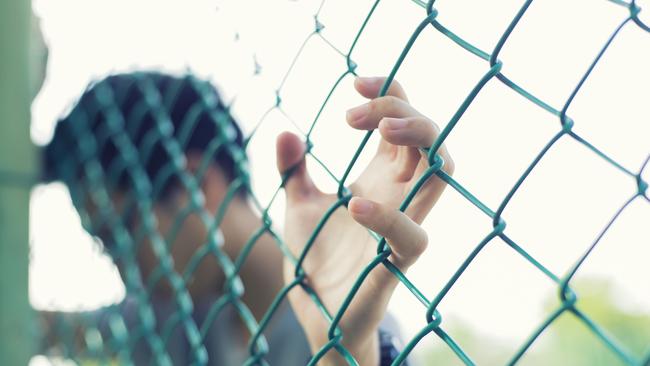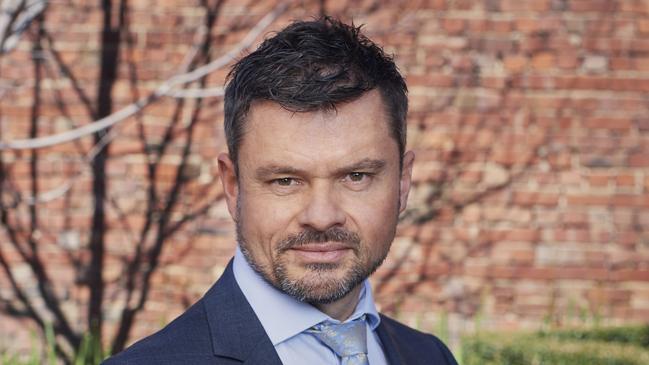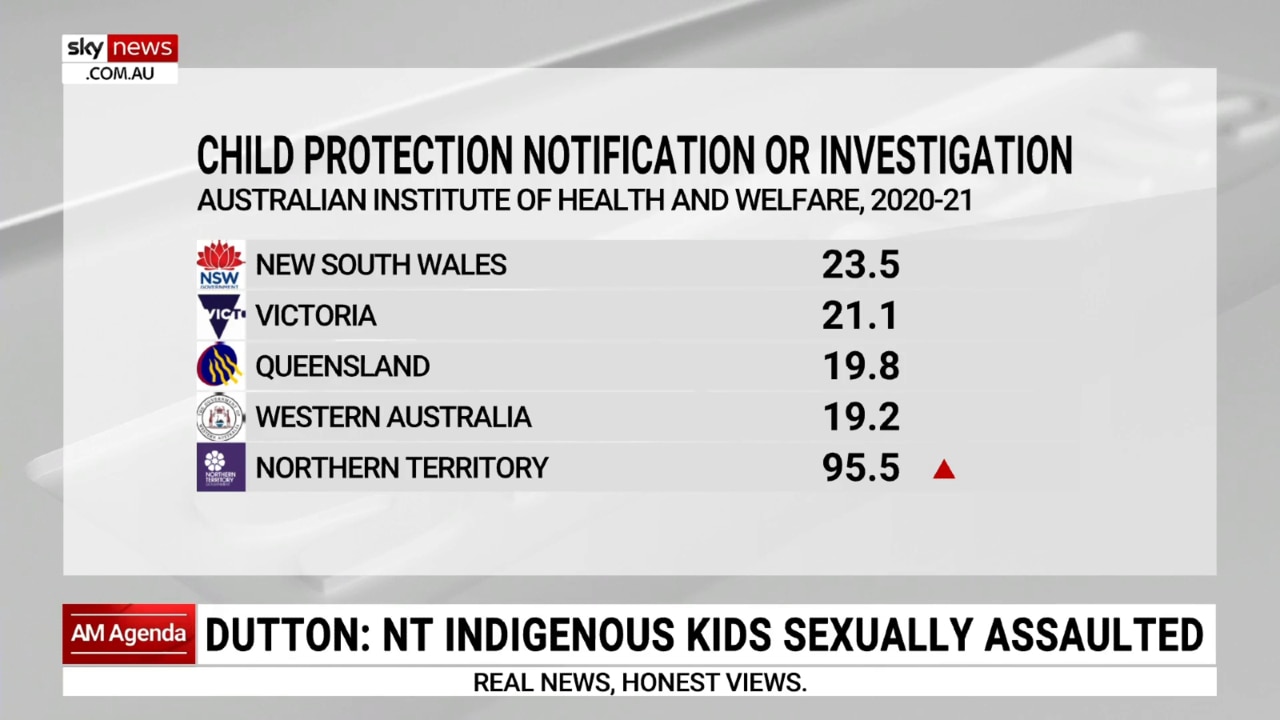Child abuse report rush clogs system
Mandatory reporting of suspected incidents of child abuse and neglect has reached ‘unsustainable’ levels where the social services system can’t properly investigate all cases, a leading expert warns.

Mandatory reporting of suspected incidents of child abuse and neglect in Australia has reached “unsustainable levels”, where the social services system can’t properly investigate all cases, a leading child welfare expert has warned.
And the nation’s current national strategy to address child maltreatment makes no explicit mention of one of its key drivers, parenting, nor offers a plan to support parents struggling to navigate issues such as economic hardship, mental illness or drug and alcohol problems, Daryl Higgins says.
Professor Higgins, director of the Institute of Child Protection Studies at the Australian Catholic University, says “alarm bells should be ringing” at the number of children in contact with the child protection system.
Professor Higgins said a fresh policy approach, prioritising prevention rather than protection, was needed to protect vulnerable children now and into the future.
He said 275,000 children had 471,000 reports of harm made about them to a state or territory child protection service, but fewer than half of the children had the report investigated and only 45,500 had a case substantiated.
Between 2016 and 2021 the number of reports jumped by 40 per cent, but the number of substantiations increased by just 7.2 per cent.
“Partly this is a consequence of the widened responsibility of a range of professionals and adults obliged to report when they are concerned about a child at risk of harm, known as mandatory reporting,” Professor Higgins said.
“It would be negligent to let a child at risk fall through the cracks, but the volume of notifications is at unsustainable levels. No statutory child maltreatment service can ever be responsive enough to address such high levels of need to investigate and create safety plans.

“Alarm bells should be ringing. The high rate of notifications has created a burden on the statutory child protection service system, on families and on children.
“We will always have an unenviable problem of how much resources to put into statutory child protection while we continue to see it as the main solution to the problem of child safety,” he said.
The Australian Child Maltreatment Study in April found 60 per cent of Australians say they had endured some form of abuse or neglect as a child. Almost four in 10 women and 19 per cent of men said they had experience some form of sexual abuse as a child. Four in 10 said they had been exposed to domestic violence between parents.

In a new paper published in the Australian Journal of Social Issues late last month, Professor Higgins and co-author Gabrielle Hunt find four factors substantially increase the risk of abuse and neglect among children: economic hardship, mental illness, drug and alcohol issues and separation or divorce.
It argues policymakers must examine ways to minimise the impact of these factors on children at home, including helping parents manage mental health and substance abuse issues, as well as developing parenting skills.
“There has been a lack of explicit focus on prevention,” Professor Higgins said. “We need to move away from pointing the finger at parents and instead offer them preventative support, advice and education in these areas.”
One of the most critical reasons for a more preventative approach to child protection is that once children enter the system it is hard to get them out, he said.
“There is a place for statutory child protection where there is imminent risk of death or serious harm,” he said. “But prevention strategies, and early intervention supports, help prevent families entering or returning to the child protection system, and minimises the need for more intrusive statutory interventions.”
The paper suggests schools, health services and general practitioner services – places where children and families were already engaging – should be target areas for additional family support.







To join the conversation, please log in. Don't have an account? Register
Join the conversation, you are commenting as Logout